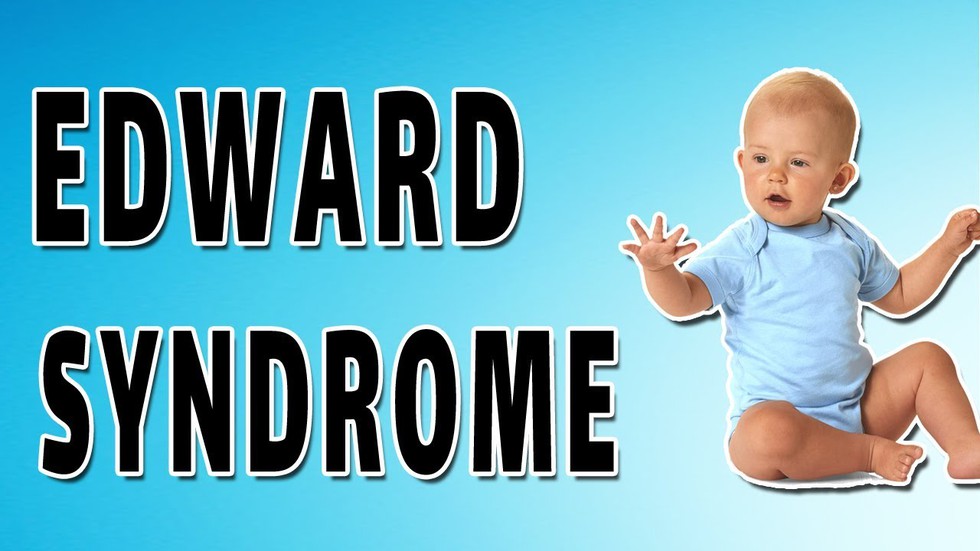Researchers have unearthed chromosomal disorders in prehistoric human skeletal remains, dating back approximately 5,500 years. These disorders include six instances of Down syndrome and one case of Edwards syndrome, shedding light on the prevalence of genetic disorders in ancient populations.
Identification of Trisomies
- Trisomy, the presence of an extra chromosome in cells, results in genetic disorders such as Down syndrome (trisomy 21) and Edwards syndrome (trisomy 18).
- Detection of such disorders in ancient remains has been challenging due to limitations in analyzing ancient DNA without modern techniques.
Research Methodology
- Dr. Adam Rohrlach and colleagues from the Max Planck Institute for Evolutionary Anthropology conducted a screening of nearly 10,000 genomes from ancient human skeletal remains across various locations including Ireland, Bulgaria, Greece, Spain, and Finland.
- Through this screening, they identified six cases of Down syndrome and one case of Edwards syndrome.
Chronological Distribution
- Some cases date back to ancient periods such as the Bronze Age (approximately 2,700 BCE) and the Neolithic period (approximately 3,500 BCE).
- Notably, three cases of trisomy 21 and one case of trisomy 18 were found in early Iron Age Spain (800-400 BCE), hinting at a potentially higher frequency of burials of trisomy carriers in those societies.
Societal Response and Care
- Despite the presence of genetic disorders, individuals were cared for after death, indicating their recognition as part of their communities.
- Exceptional burials and grave goods were observed in some cases, exemplifying the recognition and acceptance of these individuals within their communities.
Multiple Choice Questions (MCQs) with Answers:
- What genetic disorders were identified in the prehistoric skeletal remains?
- A) Down syndrome
- B) Edwards syndrome
- C) Both A and B
- D) Turner syndrome
- Answer: C) Both A and B
- Which institution conducted the screening of ancient human skeletal remains for chromosomal trisomies?
- A) Harvard University
- B) Max Planck Institute for Evolutionary Anthropology
- C) Oxford University
- D) University of Cambridge
- Answer: B) Max Planck Institute for Evolutionary Anthropology
- In which period were some of the discovered cases of chromosomal disorders dated back to?
- A) Medieval period
- B) Bronze Age
- C) Renaissance period
- D) Industrial Revolution
- Answer: B) Bronze Age
- What does the identification of chromosomal disorders in ancient remains suggest about ancient societies?
- A) They had advanced medical knowledge.
- B) They had a high prevalence of genetic disorders.
- C) They practiced advanced burial rituals.
- D) They were technologically advanced.
- Answer: B) They had a high prevalence of genetic disorders
